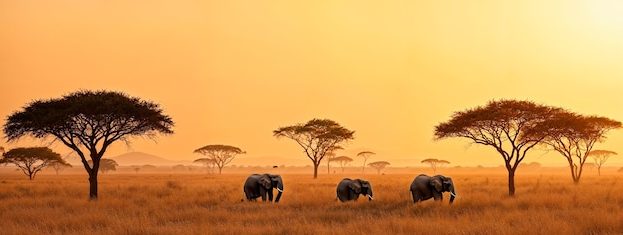
We chose to tackle the Ala-kul and Altyn Arashan trek without a guide, and it turned out to be both breathtaking and exhausting. Even though we had previously hiked the Annapurna Circuit in Nepal, which took us up to 5,416 meters with a gradual incline that allowed us to get in shape along the way, this trek was different. We only had one day to acclimatize before beginning the challenging ascent to the Ala-kul pass, and we felt every bit of it.
Starting from Karakol, we hopped on a marshrutka to the entrance of the Ala-kul nature reserve. After paying the entrance fee, we began a gradual hike along the Karakol river. The first four hours were relatively easy as we wandered through valleys, passing small villages and yurts.
In recent years, yurt camps have sprung up along the route, making it possible to complete the trek without a tent or food supplies—they can provide everything you need except for snacks, water, and appropriate clothing. There’s even a new camp near the sirota hut where you can stay in a 4-person tent with a woodburning stove for 800 som or a mini yurt for 1000 som. Meals cost 300-400 som.
After four hours, we reached a bridge that crossed to the east side of the river. The hike became much steeper at this point, taking us two hours uphill to a small wooded cabin at around 3,000 meters where we set up camp for the night. The experience of gathering around a fire under a sky full of stars, trading travel stories with fellow trekkers, was unforgettable.
The next morning, we started our ascent with the sun still hiding behind the cliffs. Immediately, we were climbing steep rocks next to a roaring waterfall. The scenery was stunning but the climb was tough, and each step in the thin air felt like a battle. Eventually, we reached the summit that revealed the stunning turquoise Ala-kul lake.
The lake, nestled among the jagged peaks of the Ala-Too Mountain Range, was incredibly beautiful. We took a quick break to eat and refill our water before continuing along the shoreline and beginning another steep climb to the Ala-Kul pass at 3,800 meters. This final climb was the hardest, and our lack of preparation became evident.
Reaching the pass was a significant achievement, and the view was spectacular. To the south, the surreal Ala-kul lake sparkled, while to the north, the Kel’deke Valley spread out below us, fringed by the towering, snowy peaks of the Terimtor Mountains.
Descending from the pass was sudden and slightly dangerous as we accidentally took a rockslide-prone slope on the far eastern edge. Each step was a slippery slide down loose shale, making the descent both fast and nerve-racking. After navigating this tricky section, we found a more manageable path leading into the Kel’deke Valley.
As we approached the lower edges of the valley, trail markers became scarce, and we began to worry about being lost. After some tricky river crossings, we finally rejoined the proper trail and made it to Altyn Arashan, a picturesque alpine village at the mouth of the Anyior Valley, with the imposing Pik Pilatka mountain to the south.
By this point, we had been trekking for nine hours, carrying 10-15 kg each, and our bodies were exhausted. Thankfully, Altyn Arashan is known for its natural hot springs. We set up our tent near the Arashan Travel Hotel—a misnomer for a rundown house—and rented a private hot spring hut.
Soaking in the incredibly hot spring water was a perfect way to soothe our aching muscles. After about an hour, we headed back to our tent and crashed, utterly spent.
The next morning, we began the three-hour hike back to civilization, where a taxi awaited to take us back to Karakol. Writing about this trek nearly a week later, our calf muscles are still sore, but the breathtaking journey was well worth it. We highly recommend this trek to fellow travelers as one of the best we’ve ever done!
